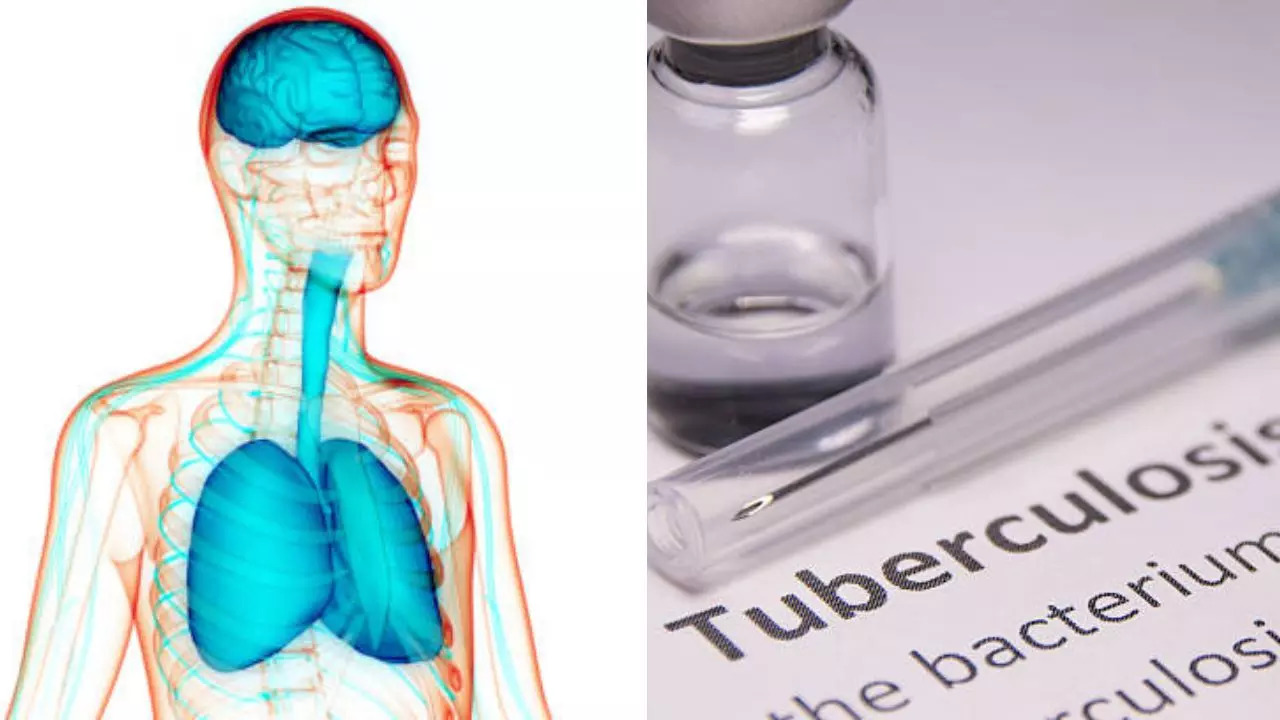Also known as tuberculous meningitis: the condition is caused by the seeding of the meninges with MTB bacilli that cause inflammation around the brain or spinal cord.
In a revolutionary discovery, Indian scientists have developed a unique and distinctive way through the nose to deliver anti-TB drugs directly to the brain. The feat was achieved by researchers from the Mohali Institute of Nanoscience and Technology, an autonomous institute of the Department of Science and Technology.
Also known as tuberculous meningitis, the condition is caused by seeding of the meninges with MTB bacilli and is characterized by inflammation of the membranes surrounding the brain or spinal cord. According to statistics, it is estimated that around one-third of the world’s population is infected with MTB, a deadly and potentially fatal disease. India accounts for about 25 percent of the global TB burden, with an estimated incidence of 2.77 million in 2022.
How does nose-to-brain drug delivery work?
The scientists said nose-to-brain delivery of the new drug uses the olfactory and trigeminal nerve pathways in the nasal cavity and effectively bypasses the challenging blood-brain barrier.
Although traditional TB treatments involve high doses of oral medications, experts say they mostly fail to achieve effective concentrations in the cerebrospinal fluid, as the BBB limits the drugs’ entry into the brain.
To counter this, scientists used nanoparticles made of chitosan – a fibrous substance that could reduce the amount of fat and cholesterol the body absorbs from food – that bypassed the BBB and delivered anti-tuberculosis drugs directly to the brain through the nose. According to experts, chitosan is a biocompatible and biodegradable material. Chitosan nanoaggregates are anti-tuberculosis drugs such as isoniazid and rifampicin and adhere to the nasal mucosa, which helps the nanoaggregates stay in one place so that they can release the drug, improving its therapeutic efficacy.
“In mice infected with tuberculosis, nasal administration of these nanoaggregates reduced the number of bacteria in the brain almost 1,000 times more than in untreated mice,” the team said in the article published in the journal Nanoscale (Royal Society of Chemistry).
Treatment would help reduce inflammation.
According to scientists, the new treatment method would also help reduce inflammation caused by the infection, an advance that has the potential to greatly improve treatment for people suffering from cerebral tuberculosis and could help a faster recovery.
This method, scientists say, can also be applied to treat other brain infections and neurodegenerative diseases such as Alzheimer’s and Parkinson’s, along with brain tumors and epilepsy, by allowing efficient delivery of drugs to the brain for faster effect.
Disclaimer:
The information contained in this post is for general information purposes only. We make no representations or warranties of any kind, express or implied, about the completeness, accuracy, reliability, suitability or availability with respect to the website or the information, products, services, or related graphics contained on the post for any purpose.
We respect the intellectual property rights of content creators. If you are the owner of any material featured on our website and have concerns about its use, please contact us. We are committed to addressing any copyright issues promptly and will remove any material within 2 days of receiving a request from the rightful owner.

